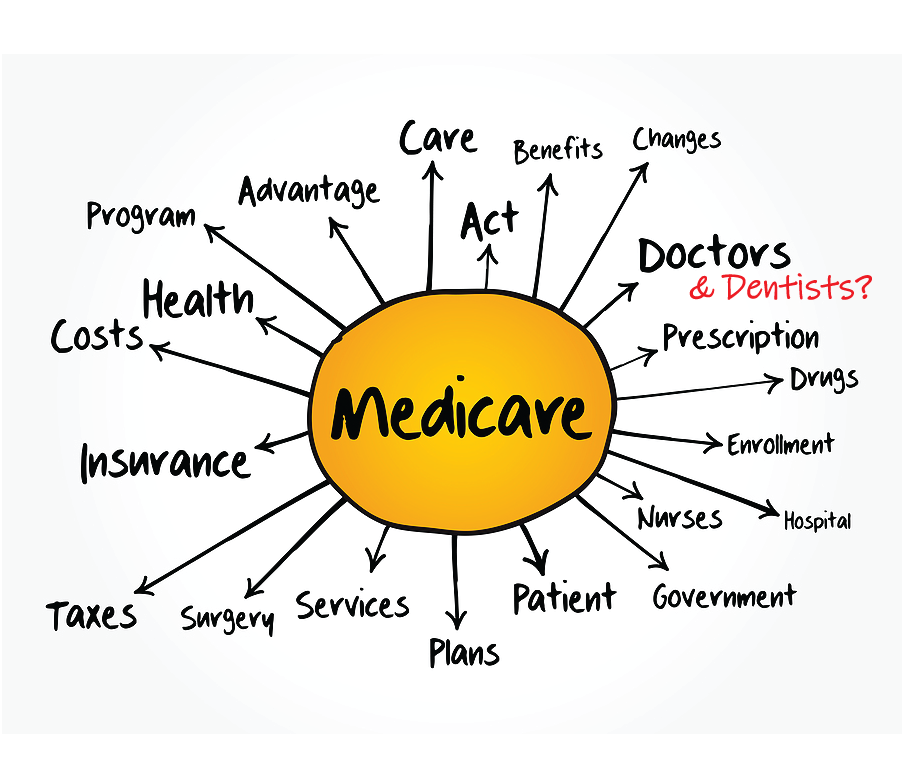Senior citizens are excited! Most lose their dental benefits coverage when they retire from their job. After that they are on their own paying out of pocket for necessary dental treatment. Quite frankly, this can cost quite a bit of disposable income for retirees if big-ticket services like crowns or implants are needed.
Now some politicians are promising that dental as well as vision benefits will be added to Medicare. It is not clear how these new benefits will be paid or financed. It seems improbable that government could retroactively increase Medicare deductions on a lifetime of earnings. Barring that, I guess politicians will promise that rich people will be taxed to pay for the new benefits.

Let us take a step back and look at medical reimbursements under Medicare. Despite inflation, they have not been increased in years. Congress actually has to take periodic action to keep Medicare fees from automatically being reduced! Not many GPs or internists want new Medicare patients because government fees are set so low that treating seniors is a money-losing proposition. The Greenspan commission concluded many years ago that Medicare would run out of money before Social Security does, and its predictions are now coming true.
Did you know that even if physicians opt out of participating in Medicare, they can only charge 10% more than the government-fixed low Medicare fee? Medicare is unlike every other private medical insurance policy in this regard. Physicians receive very little for treating Medicare patients. At the last visit, my personal physician said he would only receive $18.34 for my routine office visit. (That is why I usually give him a generous cash tip to continue treating me.)
Do you really think that any Medical dental benefits plan would pay a reasonable amount to dentists for performing treatment, when Medicare is already tottering on insolvency? No, any Medicare dental plan will pay low fees comparable to the lousy medical fees currently paid to physicians.
What kind of dentists will sign up to treat patients on Medicare dental plans?
It will certainly be the usual suspects – high volume corporate dental clinics which play fast and loose with billing procedures. In other words, crooks. Shady billing is almost a necessity to turn a profit treating Medicare patients in medical offices, and the same will be true for dental offices. The only providers likely to work in such clinics will be desperate, inexperienced recent dental school grads.
Any new benefit offered by the government to voters is likely to be very high in promises, and very low in quality. This is especially true with the enormous budget deficits incurred after the COVID-19 pandemic. As enticing as Medicare dental benefits may sound, patients will likely be very disappointed with the final outcome. Dentistry is a very high overhead profession, and there is no way legislators are going to change that by signing an expansion of Medicare into law. In fact, government regulations are to a large part responsible for the present high cost of dental care.
Kim Henry DMD
October 21st, 2021
